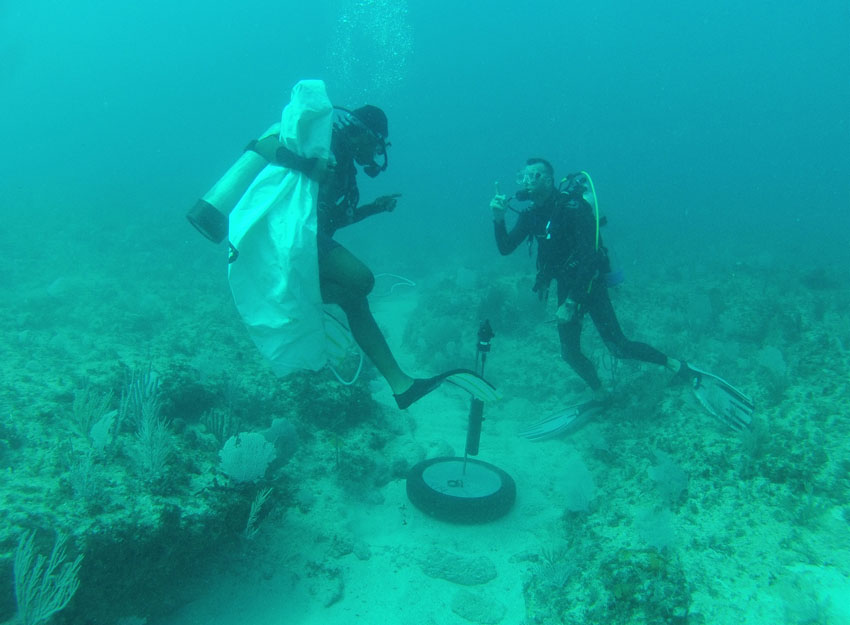Deep in the seas of the Réserve Naturelle, 15 meters below the surface, a microphone records all of the sounds heard underwater.
And there are lots of them. Natural sounds coming from shrimp, fish, or marine mammals — the primary species concerned by this experience — but also any sound pollution created by humans, such as the noise of motors or that of seismic prospecting. The sound-recording device is programmed to start every four hours, and capture all the decibels it hears over the next hour. Three American researchers from the National Oceanic and Atmospheric Administration (NOAA) and a researcher from the University of Florida , who has set up similar projects on the other French Caribbean islands, installed the microphone in December 2016. These four scientists are working on CHAMP — Caribbean Humpback Acoustic Monitoring Program — a study of humpback whales and other marine mammals. Once the recording devices are collected, an analysis of their data provides information about the species of marine mammals that are heard in relation to the frequency and signature of the sounds. As for the humpback whales, it will eventually be possible to distinguish the number of individual “singers”, as each one has a personal voice in the midst of a common refrain, which itself changes every year.

















